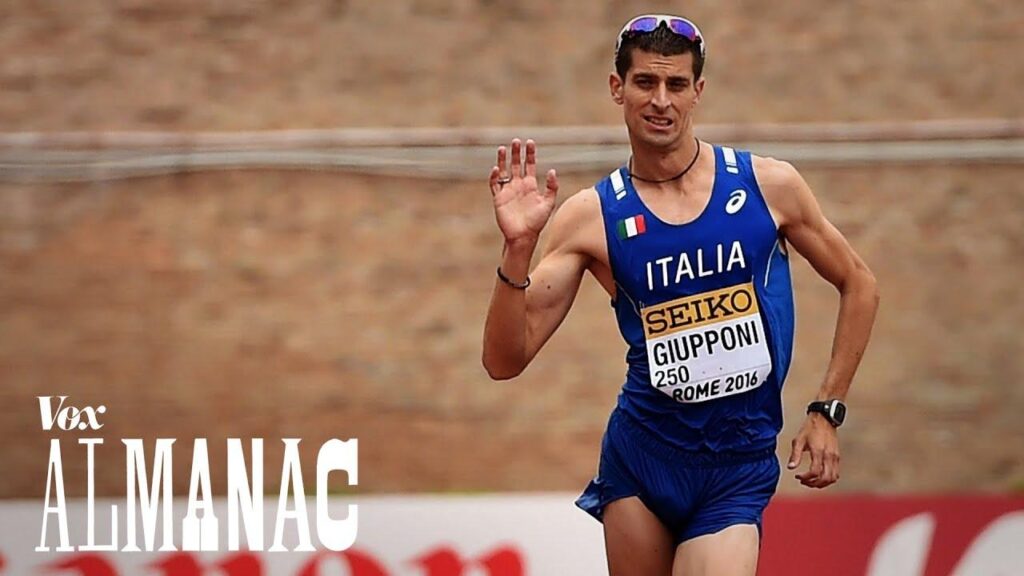Claims of cheating have surfaced among viewers watching the Olympic race walking events, sparking debate and controversy online. Despite accusations that some competitors are bending the rules, official regulations and expert analyses affirm that the athletes are adhering to the strict guidelines governing the sport. This article explores the tension between public perception and the actual rules of race walking, shedding light on why the allegations may be misplaced.
Olympic Race Walking Controversy Sparks Debate Among Viewers
As the Olympic race walking events unfolded, social media erupted with accusations of athletes bending the rules to gain an unfair advantage. Spectators argued that some competitors appeared to be “running” instead of walking, sparking widespread claims of cheating. However, officials and judges emphasize that race walking has highly specific criteria: one foot must maintain contact with the ground at all times, and the advancing leg must straighten from the moment of ground contact until it passes under the body. These nuances often escape casual viewers but are rigorously monitored during competition.
Understanding the race walking rules helps clarify the controversy:
- Competitors receive warnings for lifting, but brief contact losses under the human eye’s threshold are common and legal
- Judges use a combination of visual observation and video replay to enforce compliance
- Disqualifications occur only when clear violations happen, ensuring fairness for all athletes
| Rule Aspect | Description | Common Misconception |
|---|---|---|
| Contact | One foot must stay on the ground | Any airborne moment is “running” |
| Knee Straightening | Leading leg straight until vertical | Bending leg means cheating |
| Judging | Human judges assess infractions | Instant detection of cheating |
Understanding the Official Rules That Define Legal Race Walking
Race walking is governed by two critical rules that ensure competitors maintain a distinct form separating it from running. According to the International Association of Athletics Federations (IAAF), athletes must keep one foot in contact with the ground at all times, a rule often missed by casual viewers due to the sport’s fast pace. The second rule mandates that the advancing leg must straighten from the moment of first contact with the ground until it passes under the body. This requirement preserves the unique gait of race walking and prevents athletes from breaking into a run.
Judges strategically positioned around the course monitor these technical aspects closely. They issue warnings for violations known as “lifting” (losing contact with the ground) and “bent knee,” and after three infractions from separate judges, a competitor faces disqualification. The complexity of these rules highlights why accusations of cheating are often based on misunderstandings, not violations. Below is a quick overview of what officials look for during a race:
- Contact Rule: No visible loss of contact with the ground.
- Straight Leg Rule: Leading leg must remain straight until vertical.
- Three-Strikes Rule: Three separate warnings lead to disqualification.
| Rule | Description | Penalty |
|---|---|---|
| Contact | Foot must touch ground before other foot lifts | Warning or DQ after third offense |
| Straight Leg | Leading leg must be straight upon ground contact | Warning or DQ after third offense |
| Warnings | Three separate judge infractions | Disqualification |
How Officials Monitor Compliance and What Can Be Improved
During Olympic race walking events, compliance monitoring primarily relies on a team of judges stationed along the course, each tasked with observing the athletes’ foot placement and knee straightening. Judges use a combination of visual scrutiny and split-second decision-making to determine if walkers maintain continuous ground contact with one foot and keep the advancing leg straight from the moment of first contact until it passes under the body. When a violation is suspected, the judge issues a warning or a formal red card, which gets reported to the chief judge. Accumulating three red cards results in disqualification, a process designed to uphold the integrity of the sport while balancing human judgment constraints.
However, technology integration remains minimal, opening the door for potential improvements. Critics argue that subjective human observation cannot consistently capture borderline infractions, especially at high speeds and in large packs. Implementing electronic sensors or motion-capture technology could significantly enhance accuracy, providing objective data to support or refute a judge’s call. Additionally, expanding video replay usage would allow for post-race reviews, helping to clarify contentious moments and ensuring fairer outcomes. Increasing transparency with real-time penalty tracking displayed to audiences might also reduce confusion and skepticism surrounding rule enforcement.
- Current Methods: Human judges with red card system
- Potential Tech Enhancements: Wearable sensors, AI analysis
- Transparency Tools: Live penalty boards for spectators
| Method | Advantages | Limitations |
|---|---|---|
| Human Judges | Experience-based decisions, flexibility | Subjective, prone to errors in fast action |
| Electronic Sensors | Objective, precise detection | High cost, implementation complexity |
| Video Replay | Post-event review, evidence-based | Limited real-time usefulness, delays |
The Conclusion
As the debate around Olympic race walking continues to ignite passionate responses from viewers worldwide, it remains clear that the sport’s unique rules are designed to distinguish legitimate technique from cheating. While skeptics may question the athletes’ form, the governing regulations and the vigilant scrutiny of officials uphold the integrity of this demanding discipline. Ultimately, understanding the nuances of race walking is key to appreciating the skill and endurance these competitors bring to the Olympic stage.





